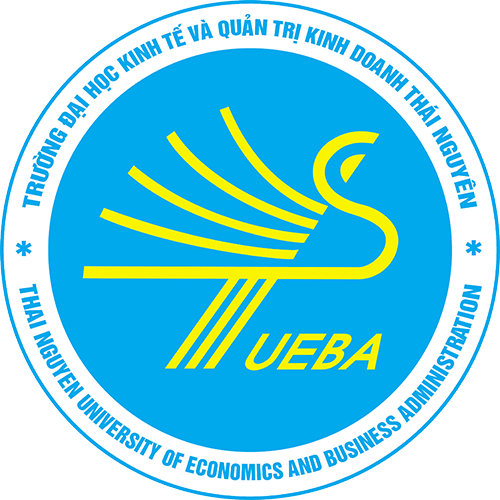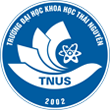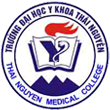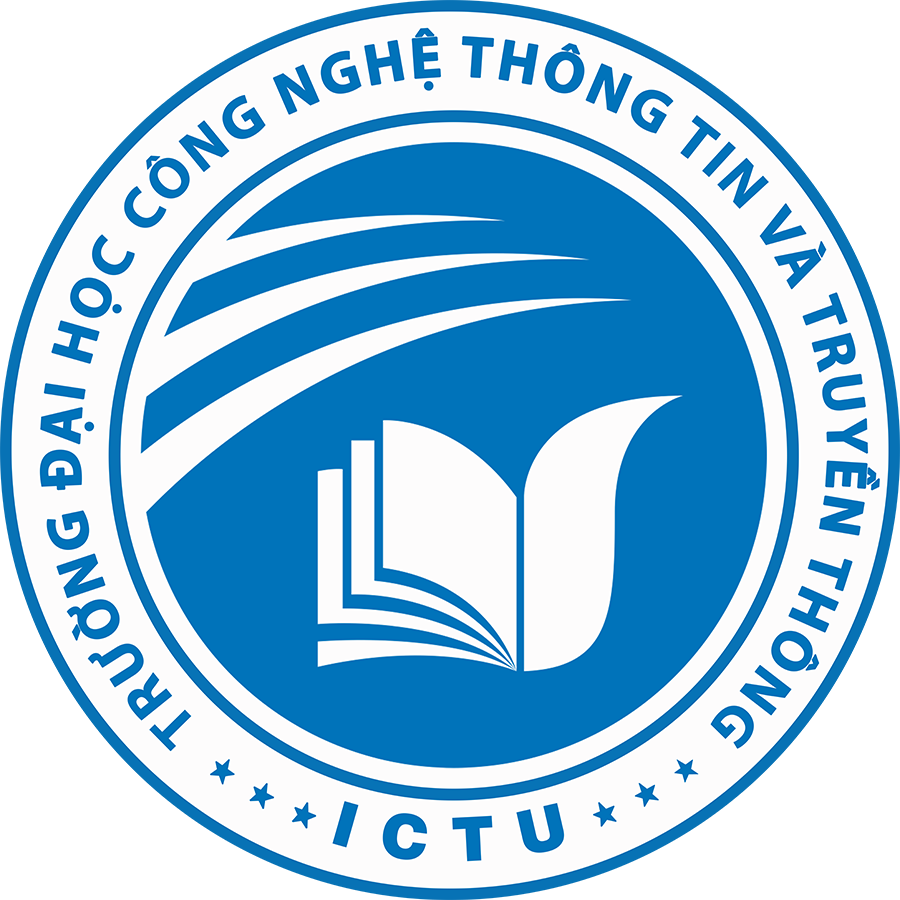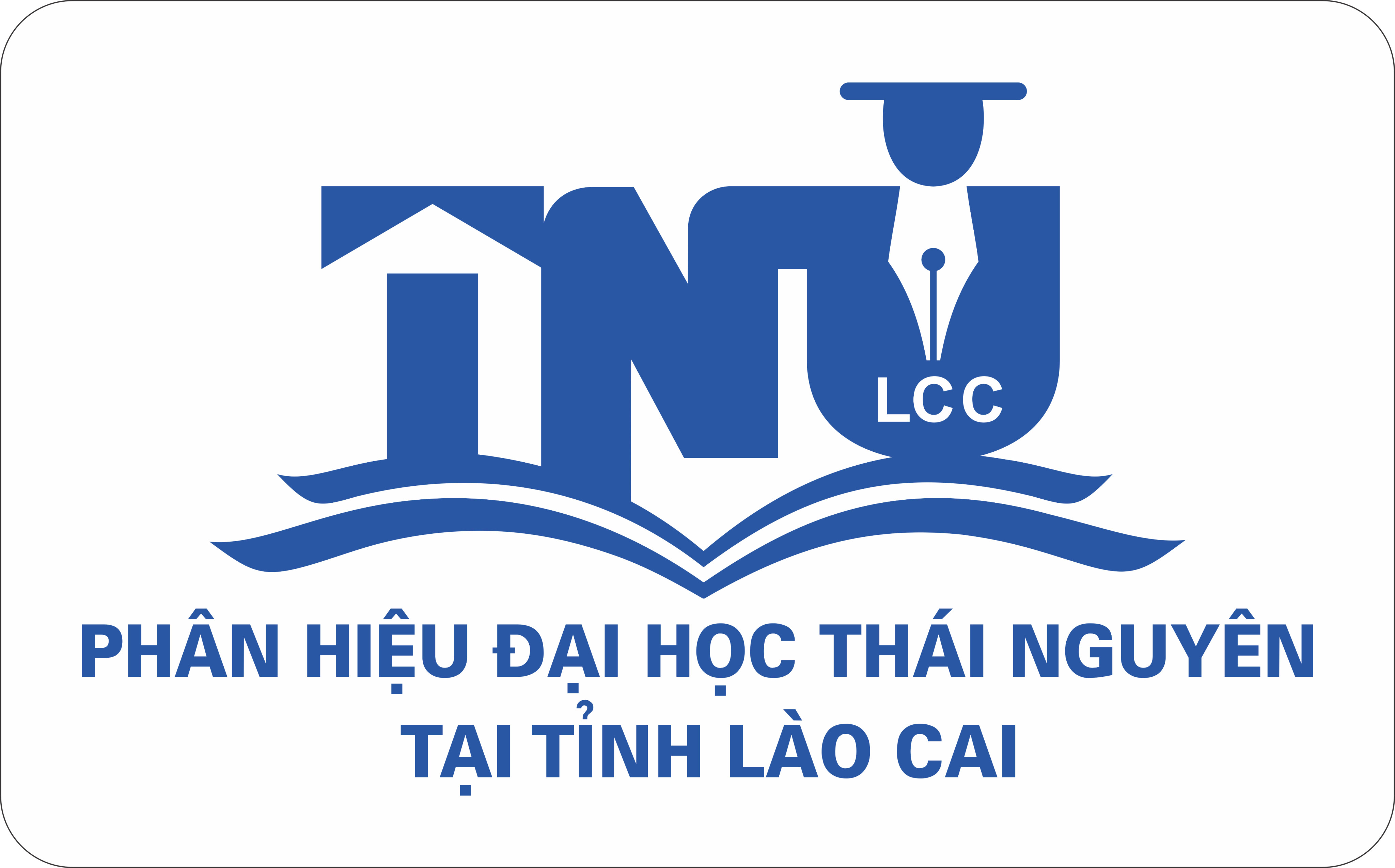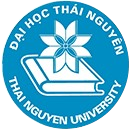Đoàn kết – trung thực – sáng tạo – hiệu quả - chất lượng
Thông tin luận án của NCS. Nông Phương Mai
THÔNG TIN LUẬN ÁN TIẾN SĨ
Tên đề tài luận án: “Hiệu quả can thiệp giáo dục sức khỏe răng miệng cho người cao tuổi dân tộc Sán Dìu mắc bệnh quanh răng tại xã Nam Hòa huyện Đồng Hỷ - Thái Nguyên”
Chuyên ngành: Vệ sinh xã hội học và Tổ chức Y tế
Mã số: 62720164
Chuyên ngành chuyển đổi: Y tế công cộng
Mã số: 9.72.07.01
Họ và tên nghiên cứu sinh: Nông Phương Mai
Người hướng dẫn khoa học:
Hướng dẫn 1: GS.TS. Hoàng Khải Lập
Hướng dẫn 2: TS. Hoàng Tiến Công
Đơn vị đào tạo: Trường Đại học Y - Dược, Đại học Thái Nguyên
NHỮNG KẾT QUẢ MỚI CỦA ĐỀ TÀI
* Thực trạng bệnh quanh răng: 90,6% đối tượng nghiên cứu có tình trạng lợi ở mức độ kém; 95,1% được đánh giá chỉ số vệ sinh răng miệng ở mức độ kém và tỷ lệ mắc bệnh quanh răng ở người cao tuổi tại địa bàn nghiên cứu là 100%. Trong đó CPI 2 là 5,7%; CPI 3 là 74,6 %; CPI 4 là 19,7%;
*Thực trạng kiến thức - thái độ - thực hành chăm sóc sức khỏe răng miệng: 65,2% người cao tuổi dân tộc Sán Dìu tại địa bàn nghiên cứu có Kiến thức về chăm sóc sức khỏe răng miệng ở mức kém và 30,7% ở mức trung bình. 75,8% đối tượng nghiên cứu có thái độ tương đối tích cực về chăm sóc sức khỏe răng miệng. Thực hành chăm sóc sức khỏe răng miệng của người cao tuổi tại địa bàn nghiên cứu chưa tốt. Tỷ lệ thực hành tốt chỉ chiếm 0,8%.
* Hiệu quả can thiệp giáo dục sức khỏe răng miệng cho người cao tuổi
- Sự tác động đến thay đổi kiến thức, thái độ, thực hành sau can thiệp
Tỷ lệ đối tượng nghiên cứu có kiến thức tốt về chăm sóc sức khỏe răng miệng trước can thiệp là 3,3%, sau can thiệp đạt 47,5%. Tỷ lệ đối tượng nghiên cứu có kiến thức kém về chăm sóc sức khỏe răng miệng trước can thiệp là 66,4%, sau can thiệp giảm xuống còn 11,5%. Tỷ lệ đối tượng nghiên cứu có thái độ tích cực về chăm sóc sức khỏe răng miệng trước can thiệp là 5,7%, sau can thiệp đạt 21,3%. Trước can thiệp, tỷ lệ đối tượng nghiên cứu thực hành chăm sóc sức khỏe răng miệng tốt là 0%, sau can thiệp đạt 59,8%. Tỷ lệ đối tượng nghiên cứu thực hành chăm sóc sức khỏe răng miệng kém trước can thiệp là 47,5%, sau can thiệp đã giảm xuống 0%.
- Hiệu quả can thiệp
Sau can thiệp giáo dục sức khỏe răng miệng, tình trạng viêm lợi ở nhóm can thiệp đã giảm so với nhóm chứng (p<0,001). Tỷ lệ chỉ số lợi (GI) mức độ kém giảm từ 91,8% xuống còn 12,3%. Chỉ số hiệu quả ở nhóm can thiệp là 86,61%, nhóm chứng là 10,76%. Hiệu quả can thiệp là 75,85%. Tình trạng vệ sinh răng miệng cũng được cải thiện hơn ở nhóm can thiệp so với nhóm chứng (p<0,001). Tỷ lệ chỉ số vệ sinh răng miệng OHI - S mức độ kém giảm từ 95,9% xuống còn 19,7%. Chỉ số hiệu quả ở nhóm can thiệp là 79,5%, nhóm chứng là 38,3%. Hiệu quả can thiệp là 41,2%. Sau can thiệp giáo dục sức khỏe răng miệng, tình trạng bệnh quanh răng ở nhóm can thiệp cũng giảm hơn so với nhóm chứng với p <0,001. Đặc biệt là chỉ số CPI 3 của nhóm can thiệp đã giảm từ 76,2% xuống còn 54,9%. Chỉ số hiệu quả ở nhóm can thiệp là 27,96%, nhóm chứng là 15,73%. Hiệu quả can thiệp là 12,23%.
CÁC ỨNG DỤNG, KHẢ NĂNG ỨNG DỤNG TRONG THỰC TIỄN,
NHỮNG VẤN ĐỀ CÒN BỎ NGỎ CẦN TIẾP TỤC NGHIÊN CỨU
Việc xác định được thực trạng bệnh quanh răng, kiến thức – thái độ - thực hành chăm sóc sức khỏe răng miệng ở người cao tuổi dân tộc Sán Dìu cũng như hiệu quả của can thiệp giáo dục sức khỏe răng miệng tại địa điểm nghiên cứu rất có ý nghĩa trong việc phòng chống bệnh quanh răng cho người cao tuổi, đặc biệt là người cao tuổi dân tộc tộc thiểu số sinh sống tại các khu vực khó khăn. Các thông tin này sẽ được tham khảo để xây dựng chương trình giáo dục sức khỏe răng miệng cho người cao tuổi tại cộng đồng.
Hoạt động Truyền thông giáo dục sức khỏe răng miệng là phù hợp có tính khả thi tại tuyến Y tế cơ sở. Đề tài đã thực hiện chuyển giao Nội dung, phương pháp truyền thông giáo dục sức khỏe răng miệng cho tuyến y tế cơ sở nhằm duy trì tính bền vững của việc chăm sóc sức khỏe răng miệng cho người dân nói chung và người cao tuổi dân tộc Sán Dìu nói riêng tại địa bàn nghiên cứu.
Cần mở rộng nghiên cứu với quy mô lớn hơn tại nhiều địa bàn nghiên cứu với các dân tộc thiểu số khác và chuyển giao nội dung, phương pháp truyền thông giáo dục sức khỏe răng miệng cho tuyến y tế cơ sở nhằm nâng cao chất lượng chăm sóc sức khỏe răng miệng cho người dân nói chung và người cao tuổi nói riêng, từ đó làm giảm tỷ lệ mắc bệnh quanh răng và nâng cao chất lượng cuộc sống cho người cao tuổi tại cộng đồng.
DISSERTATION INFORMATION
Research title: "The effectiveness of oral health education intervention among San Diu ethnic minority elderly people with Periodontal disease in Nam Hoa commune, Dong Hy district, Thai Nguyen"
Field of study: Sociology of Sanitation and Health Organization
Code: 62720164
Field of study transformation: Public Health
Code: 9.72.07.01
Student: Ms. Nong Phuong Mai
Advisor: Prof. Hoang Khai Lap, Ph.D
Co-Advisor: Hoang Tien Cong, Ph.D
Training Units: University of Medicine and Pharmacy, Thai Nguyen University
THE NEW FINDINGS OF THIS STUDY
* The situation of Periodontal disease: 90.6% of the participants had gums situation at a poor level; 95.1% had Oral hygiene Index at a poor level, and the percentage of the elderly with Periodontal disease in the research area was 100%. Among which, CPI 2 was 5.7%; CPI 3 was 74.6%; CPI 4 was 19.7%.
* The situation of oral health care knowledge, attitude, and practice: 65.2% of the San Diu elderly in the research area had oral health care knowledge at a poor level and 30.7% was at a moderate level. 75.8% of the participants had a fairly positive attitude of oral health care. The practice of oral health care among the elderly in the research area was poor. The percentage of good oral health care practice occupied only 0.8%.
* The effectiveness of oral health education intervention among the elderly
- The change in knowledge, attitude, and practice after the intervention
The percentage of the participants who had a good knowledge of oral health care before and after the intervention were 3.3% and 47.5%, respectively. The percentage of the participants with poor knowledge of oral health care before the intervention was 66.4%. This corresponding rate decreased to 11.5% after the intervention. The percentage of the participants who had a positive attitude of oral health care before and after the intervention were 5.7% and 21.3%, respectively. Before the intervention, the proportion of the participants who had a good practice of oral health care was 0%. Interestingly, it increased to 59.8% after the intervention. Regarding the proportion of the participants with a poor practice of oral health care, it decreased from 47.5% to 0% after the intervention.
- The effectiveness of the intervention
After the oral health education intervention, the gingivitis situation of the intervention group decreased compared to the control group (p<0.001). The proportion of Gingival Index (GI) in the poor level decreased from 91.8% to 12.3%. The effectiveness index of the intervention group and the control group was 86,61% and 10.76%, respectively. The intervention effectiveness was 75.85%. The oral hygiene situation was also improved in the intervention group compared to the control group (p<0.001). The proportion of the Simplified Oral Hygiene Index (OHI-S) in the poor level decreased from 95.9% to 19.7%. The effectiveness index of the intervention group and the control group was 79.5% and 38.3%, respectively. The intervention effectiveness was 41.2%. After the oral health education intervention, the periodontal disease situation of the intervention group decreased compared to the control group (p<0.001). Especially, the CPI 3 index of the intervention group decreased from 76.2% to 54.9%. The effectiveness index of the intervention group and the control group was 27.96% and 15.73%, respectively. The intervention effectiveness was 12.23%.
THE APPLICATION AND APPLICABILITY IN PRACTICE
SUGGESTIONS FOR FUTURE RESEARCH
An identification of the situation of Periodontal disease, knowledge, attitude, and practice of oral health care among the San Diu elderly as well as the effectiveness of oral health education intervention in the research area is really meaningful in the prevention of Periodontal disease among the elderlies, especially, those who are ethnic minorities living in the disadvantaged areas. These findings will be referenced to develop an oral health care education program for the elderly in the community.
The oral health education communication program is suitable and applicable to the Grassroots-level healthcare system. The researchers have transferred the content and method of oral health education communication to these healthcare systems to maintain the sustainability of oral health care for the general population, especially, for the San Diu elderly in the research area.
The future research should be conducted with larger number of participants in different areas and different ethnic minorities as well as transfer the content and method of the oral health care education communication for the Grassroots-level healthcare system to improve the quality of oral health care for the general population, particularly, the elderly which, in turn, reduce the percentage of Periodontal disease and enhance the quality of life of the elderly in the community.
Nguồn: Trường Đại học Y - Dược, Đại học Thái Nguyên.
TIN ĐÃ ĐƯA
- Đề án tổ chức thi đánh giá đầu vào đại học bằng hình thức thi trên máy tính (V-SAT) của Đại học Thái Nguyên (15-04-2024)
- Về việc xét công nhận đạt tiêu chuẩn chức danh Giáo sư, Phó giáo sư năm 2024 tại Đại học Thái Nguyên (09-04-2024)
- Thông báo nghiệm thu cấp Cơ sở đề tài KH&CN cấp Bộ mã số B2022-TNA-43 do PGS.TS. Nguyễn Hữu Quân, Trường Đại học Sư phạm - ĐHTN làm chủ nhiệm (11-03-2024)
- Thông báo nghiệm thu cấp Cơ sở đề tài KH&CN cấp Bộ mã số B2022-TNA-36 do PGS.TS. Nguyễn Xuân Ca, Trường Đại học Khoa học - ĐHTN làm chủ nhiệm (26-03-2024)
- Trang thông tin luận án của Nghiên cứu sinh Trần Ngọc Thụy (08-04-2024)
- Thông báo nghiệm thu cấp Bộ đề tài KH&CN cấp Bộ mã số B2022-TNA-23 do PGS.TS. Trương Minh Tuyên, Trường Đại học Khoa học - ĐHTN làm chủ nhiệm (02-01-2024)
- Thông báo nghiệm thu cấp Bộ đề tài KH&CN cấp Bộ mã số B2022-TNA-22-CT562 do PGS.TS. Từ Quang Tân, Trường Đại học Sư phạm - ĐHTN làm chủ nhiệm (29-01-2024)
- Thông báo nghiệm thu cấp Bộ đề tài KH&CN cấp Bộ mã số B2021-TNA-08 do TS. Dương Thùy Linh, Trường Đại học Khoa học - ĐHTN làm chủ nhiệm (07-03-2024)
- Thông báo tổ chức họp hội đồng đánh giá và bảo vệ luận án tiến sĩ cấp Trường của nghiên cứu sinh Dương Thị Thúy Vinh (05-03-2024)
- Thông báo tổ chức họp Hội đồng đánh giá và bảo vệ luận án tiến sĩ cấp Trường của nghiên cứu sinh Nguyễn Hải Dương (04-03-2024)
 English
English


